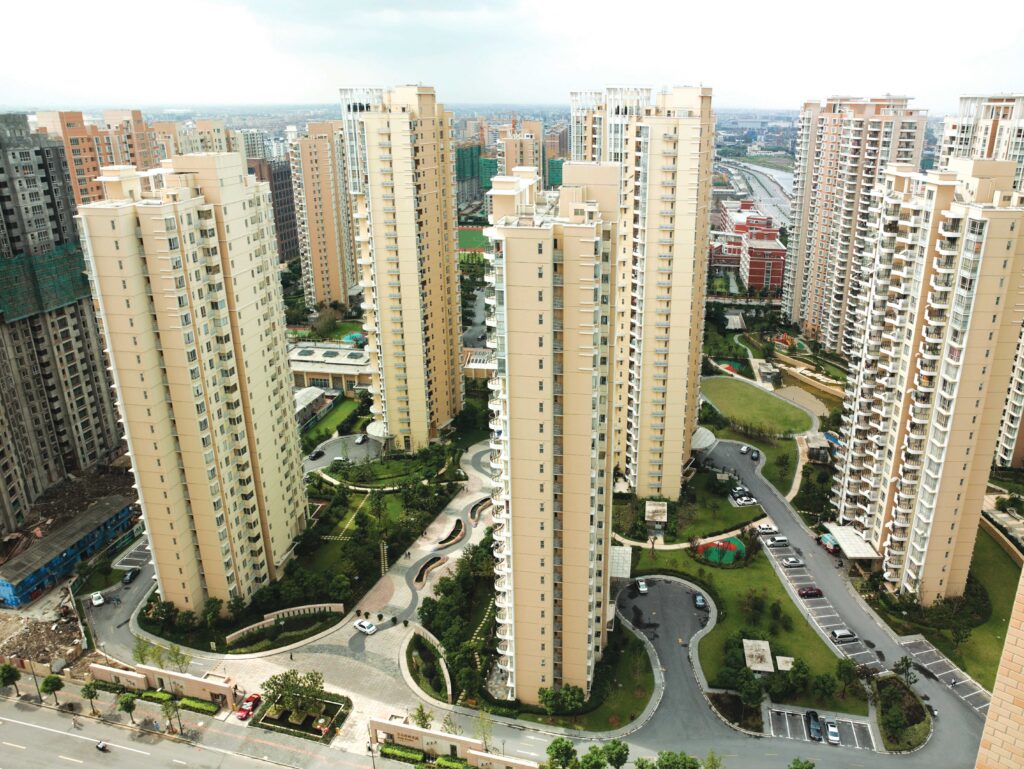
The real estate sector is continually evolving, adapting to the changes in consumer preferences and technological advancements especially in the realm of gated communities. According to the latest sources, there are currently 2,617 gated
communities in India as of January 9, 2024. The demand for these communities will increase 2.5 times, potentially hitting $500 billion by 2026. Keerthana Sundar, Special Correspondent, Clean India Journal, interacts with industry experts to understand the journey of evolution in urban living, making gated communities and their modalities, a focal point for cutting-edge real estate development in India.
Traditionally valued for their exclusivity and security, gated communities in India are now undergoing a transformative shift towards becoming more holistic, and self-sufficient. This evolution reflects a change in the aesthetics of these communities
and underscores the innovations in facility management that are essential for their smooth functioning.
In India, the rise of gated communities can be traced back to the early 2000s, when rapid urbanization, increasing income levels, and a growing middle class fuelled the demand for homes that offered more than just shelter. These communities became symbols of status and modern living. However, the real shift has been more recent, post the global pandemic, which recalibrated homeowner’s expectations towards larger homes with open spaces, integrated green environments, and a plethora of in-house facilities.
Modern gated communities are modelled as mini-cities designed to be self-sufficient. The contemporary gated community caters to a diverse demographic—from young professionals and families to retirees—each with its specific needs and lifestyle
aspirations. Environmental sustainability has taken centre stage, with new projects focusing on green building certifications, waste management systems, and energy-efficient designs.
The seamless operation of such complex living environments relies heavily on innovations in facility management. Today’s facility management goes beyond basic maintenance; it integrates advanced technology and strategic planning to enhance
the quality of life for residents and ensure the sustainability of the community. Smart technology has been a game-changer in managing gated communities. Building Engines’ 2024 report advocates for greater use of automation technologies, like AI-
driven helpdesks and IoT systems, to streamline operations in maintenance, insurance management, and tenant compliance, potentially boosting efficiency and reducing workload.
Furthermore, integrated IoT systems allow for everything from smart security systems that include biometric scanners to smart lighting and energy systems. Apps and portals for residents not only streamline communication between the community management and the residents but also facilitate everything from visitor management to maintenance requests and amenity bookings. Facial recognition technology (FRT) has been employed in a few gated communities particularly in Hyderabad to validate entry through a digital database. Building a resilient AI system requires a cultural shift within organizations to overcome challenges like preparing relevant data and enabling sharing across various segments.
Modern facility management in gated communities is characterized by a professional approach that anticipates needs and issues before they become problems. This includes regular audits of physical infrastructure, preventive maintenance schedules,
and timely upgrades of facilities. The management teams are now more likely to include professionals with expertise in engineering, hospitality, and environmental management, reflecting the complexity of the task at hand.
Looking ahead, the focus on luxury and sustainability is expected to intensify. Post-pandemic shifts have highlighted the importance of health and well-being, which will continue to drive demand for eco-friendly, technologically advanced homes. Gated communities are poised to be at the forefront of this demand, not just as residential options but as holistic systems that offer a blend of convenience, luxury, and advanced facility management.
 CIJConnect Bot-enabled WhatsApp
CIJConnect Bot-enabled WhatsApp









